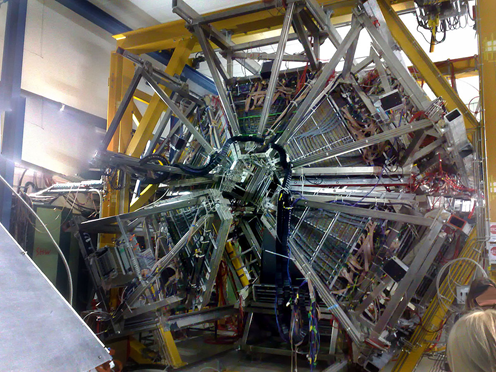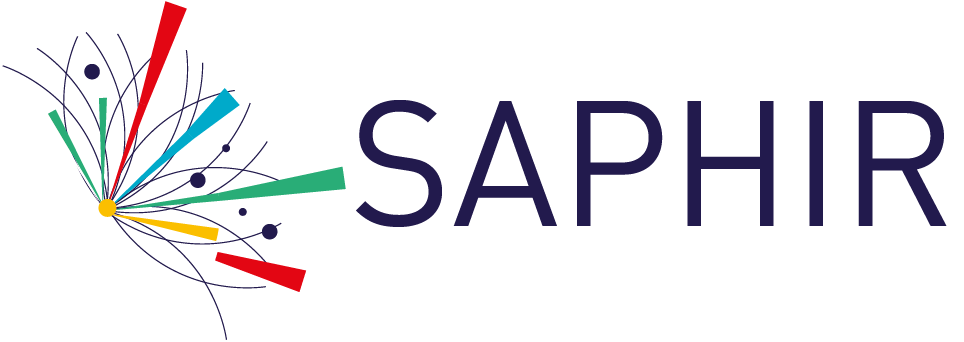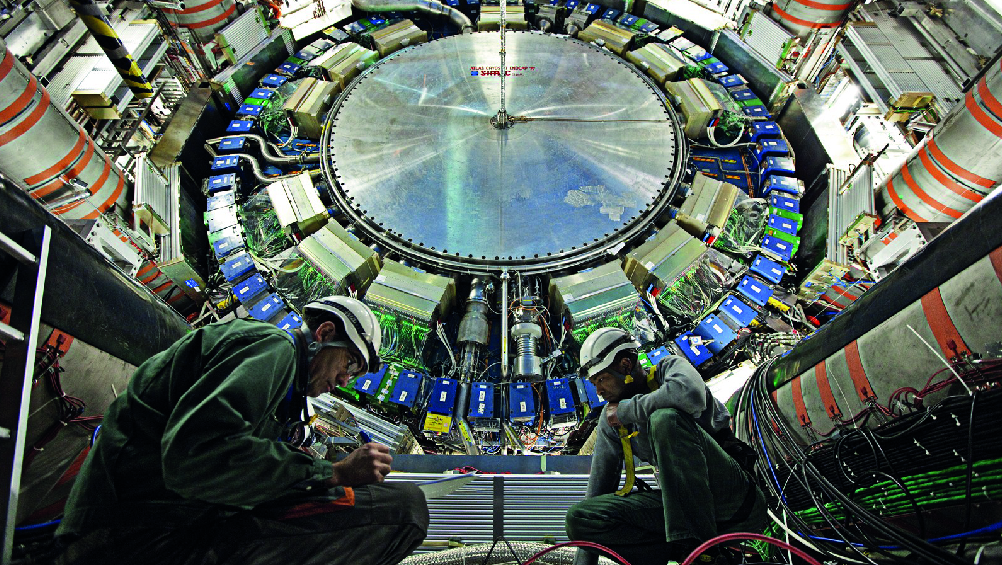The muon spectrometer of the Atlas experiment is used to measure the passage of muons and anti-muons produced by the decay of fundamental particles that occurs in proton collisions at the Large Hadron Collider. One of the sub-detectors of the muon spectrometer, the "Little Wheel", was replaced by the "New Little Wheel" at the end of 2021: this is a project involving four countries: Canada, Israel, China and Chile.
The experimental particle physics area of the Saphir Millennium Institute includes a diversity of research and technological developments. This includes not only the development, testing, implementation and use of particle detectors (muons, neutrinos, etc.), but also the mapping of radon gas emissions in Chile, among other projects.

In addition to working on the creation of the "New Small Wheel", the Chilean research teams linked to the Saphir Millennium Institute are working on Phase II of the upgrade of the Atlas experiment, a work that will be extended for five years starting in 2021, which includes the design and creation of a specific chip for the Atlas Muon System, among other instruments for the experiment. This work is multidisciplinary and requires cooperation between particle physics and electrical engineering specialists, which, in turn, will allow the development of new technologies and techniques that will lead to new discoveries in high-energy physics.
Other experiments in which Saphir Millennium Institute researchers collaborate include the Jiangmen Underground Neutrino Observatory (JUNO, China), the Southern Wide Spectrum Gamma Ray Observatory (SWGO) and the Fermi National Laboratory (Fermilab, USA), among others.

